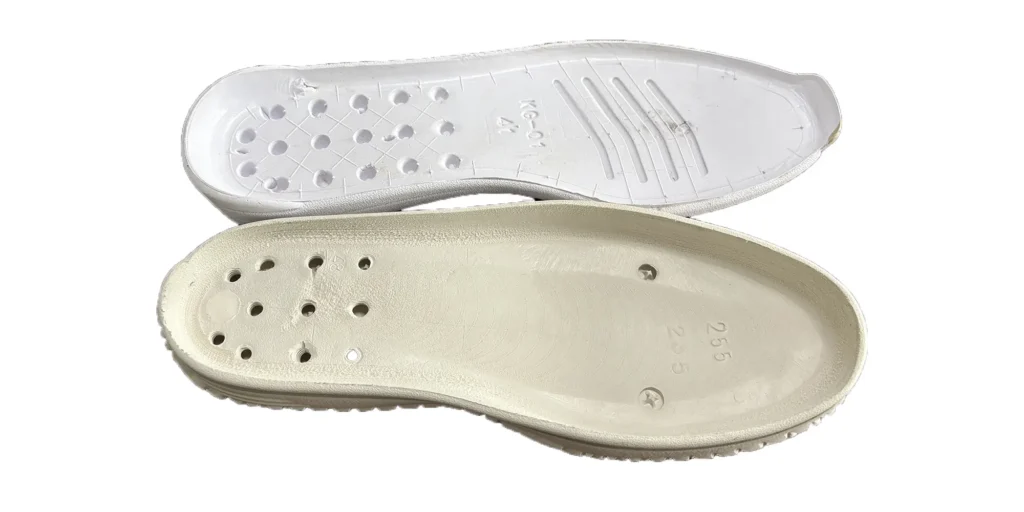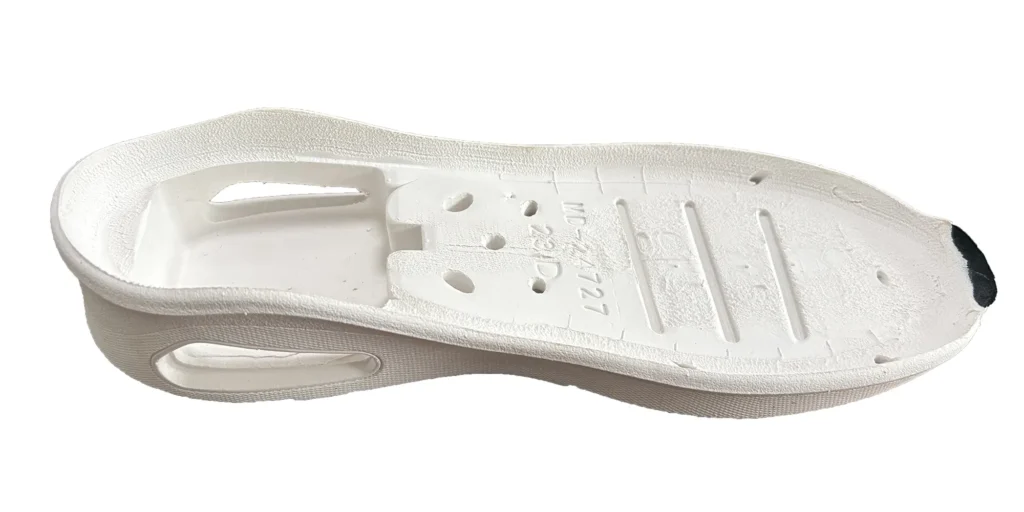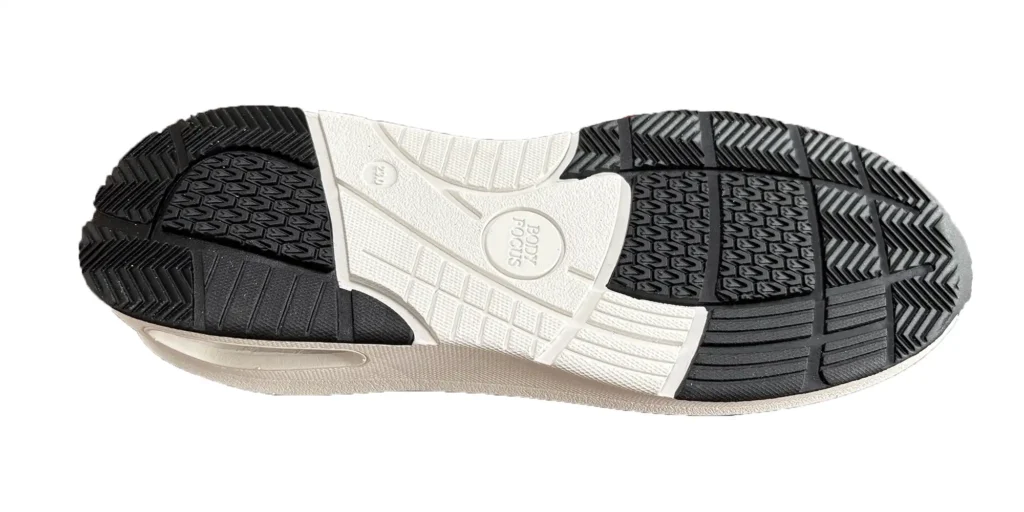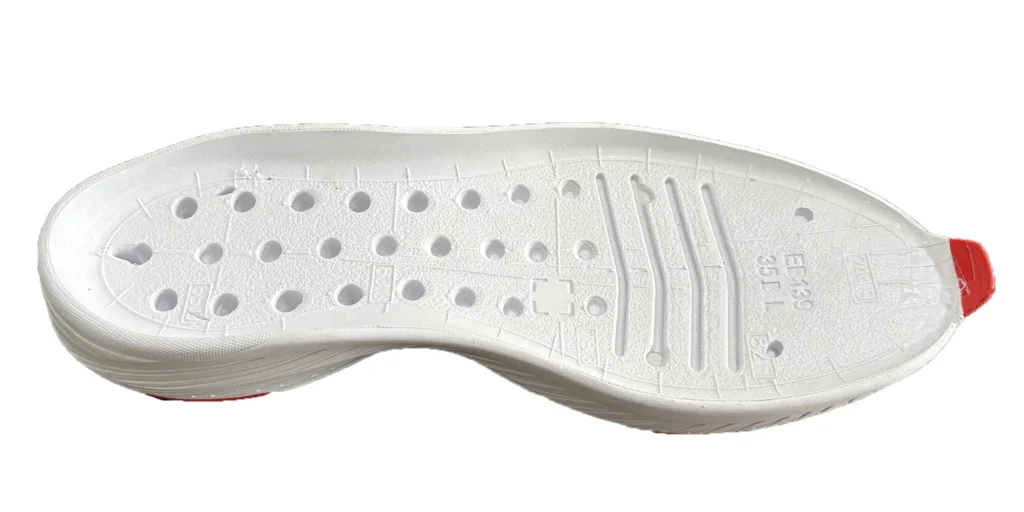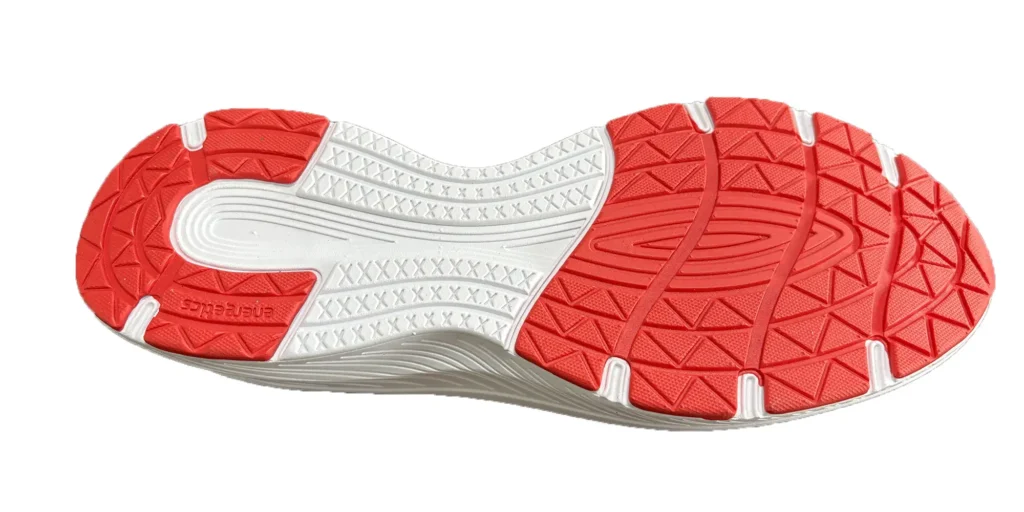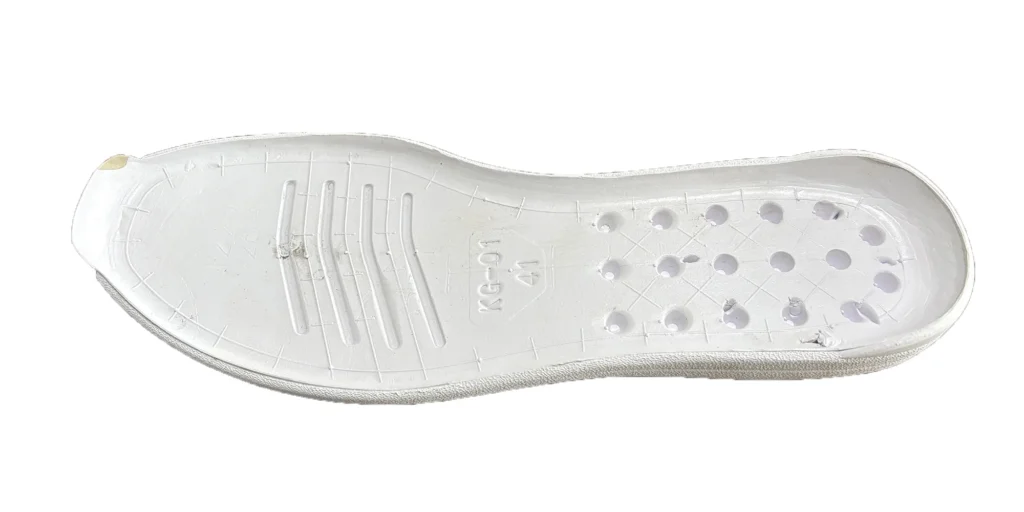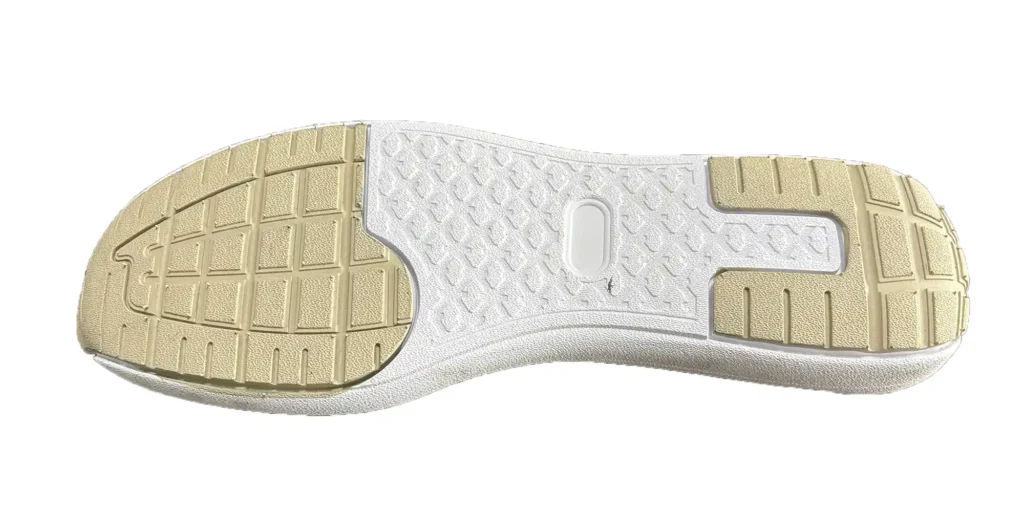Abstract
This study empirically validates the thermal insulation and structural stability of ethylene-vinyl acetate (EVA) midsoles under extreme conditions of -20°C through professional cryogenic testing. Employing climatic chamber simulations and thermographic analysis, results demonstrate that EVA midsoles effectively attenuate 73% of cold conduction while maintaining >93% elastic deformation resilience, addressing the critical issue of low-temperature hardening in winter footwear. These findings provide empirical support for the design of ski boots, mountaineering shoes, and other cold-weather footwear applications.
Main Text
In the realm of outdoor sporting equipment, the cryogenic adaptability of midsole materials directly impacts user safety and comfort. Conventional polyurethane (PU) midsoles exhibit brittle fracturing at -20°C, while traditional rubber compounds suffer prohibitive weight gains due to high density. The selection of EVA midsoles for this investigation stems from their distinctive closed-cell foam architecture—achieving 85% cell closure to form natural thermal barriers.
Methodological Framework
Specimen Preparation:
Three EVA midsole thickness variants (3mm/5mm/8mm) employing the market-dominant SportFlex® formulation were sectioned and preconditioned at 25°C/60%RH for 48 hours to eliminate thermal history.
Thermal Simulation:
A SUNTEST CPS+ climatic chamber executed controlled cooling at 5°C/min to -20°C, replicating Arctic winter conditions with ±0.5°C stability.
Data Acquisition:
- Heat flux measurements via HFM-100 sensor
- Dynamic compression modulus and rebound resilience using DMA
- Surface thermography via FLIR T540 infrared camera
Key Findings
Breakthrough Thermal Performance (Fig.1)
During 120-minute testing, 8mm EVA demonstrated pronounced thermal lag with 0.35 m²·K/W resistance, maintaining foot-contact temperatures at -3°C to -1°C versus -17.4°C in bare controls.
Structural Integrity Validation (Fig.2)
DMA revealed merely 9.2% modulus reduction (452MPa at -20°C vs. 498MPa ambient) with 93.7% elastic recovery. SEM analysis confirmed 7.2μm bubble-wall thickening mitigating cryogenic contraction stresses.
Critical Thickness Threshold
Comparative analysis established ≥5mm as the efficacy threshold (p<0.01), with 217% cold-delay improvement versus 3mm samples, though 8mm variants showed diminishing returns (11% gain).
Advanced Applications
Validated through Vibram® IceTrek collaboration:
- 0.8mm aerogel laminates enhance resistance to 0.51 m²·K/W
- Laser-perforated microporosity (20-50μm) reduces moisture condensation by 40%
- Bio-based EVA (sugar-cane ethylene) exhibits merely 4.9% performance degradation
Industrial Implications
Per ASTM F2894 cold-weather footwear standards, these data optimize minimum foot-survival temperatures from -9°C to -2°C at -20°C ambient, significantly mitigating frostbite risks.
Technical FAQ
Q1: Cryogenic Elasticity Mechanism
EVA’s cellular microstructure creates millions of isolated air chambers preventing convective heat transfer. The vinyl acetate segments maintain rubbery state until -40°C glass transition.
Q2: Critical Performance Factors
- Density optimum: 120-250kg/m³
- Cell diameter: 0.1-0.3mm ideal
- Humidity control: >80% RH degrades insulation
- Chemical foaming agent concentration: 5-8% recommended
Q3: Comparative Material Performance (-20°C Pantone Scale)
- EVA: Insulation 83/Elasticity 90
- Foamed PU: 42/31 (cracking)
- TPU: 68/79 (+35% mass penalty)
Q4: Consumer Identification Guidelines
Seal certifications:
- ISO 20344:2021 cold resistance
- ≥5mm midsole thickness
- “LT” mold markings
- Avoid reprocessed EVA compounds.
Q5: Future Material Evolution
Emerging gradient-density EVA configurations:
- Upper layer (55 Shore C) for impact absorption
- Base layer (65 Shore C) for thermal isolation
- NASA prototypes incorporating CNT-reinforced EVA target <5% performance loss at -50°C.
WELLE Trade has over 20 years of experience in the production and processing of PE/EVA/TPE foams, so you may want to consult with them if you have any sourcing needs.
